Holy Well of St Winifred
The healing waters of St Winifred’s (Winifride) Holy Well have attracted pilgrims for over 1300 years and the crypt in which the well lies was stacked with crutches left by the cured invalids until some time in the 1960’s, though can still be seen on display.

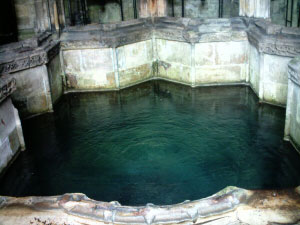
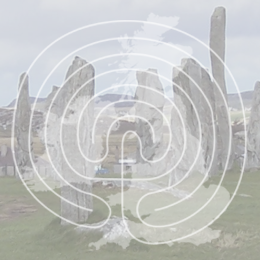
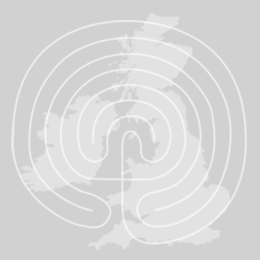
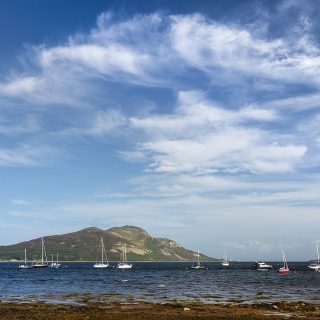
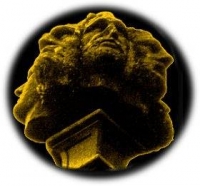
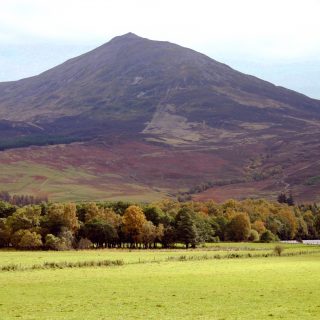
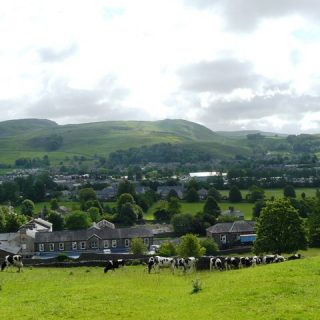
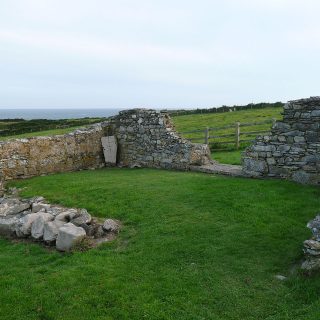
Recent Comments